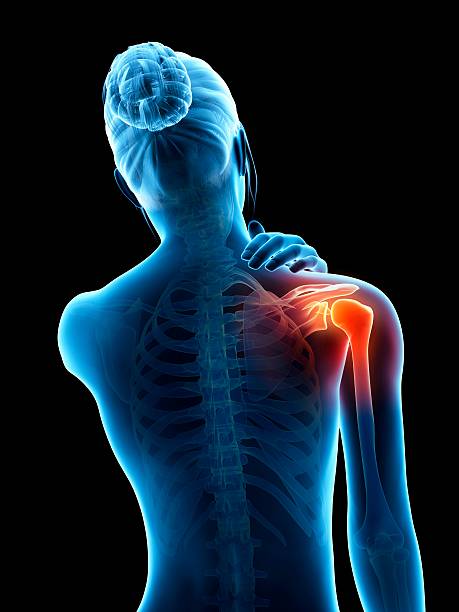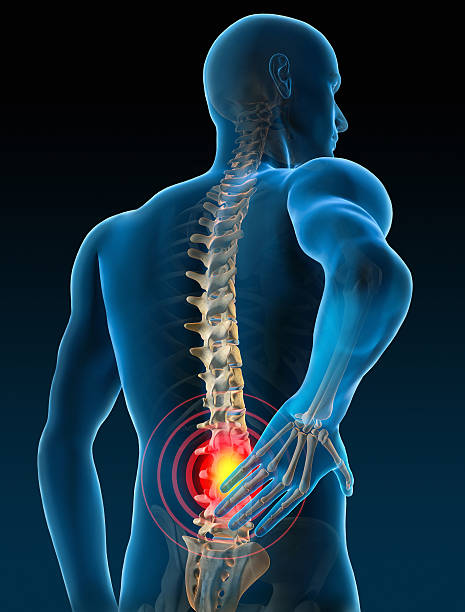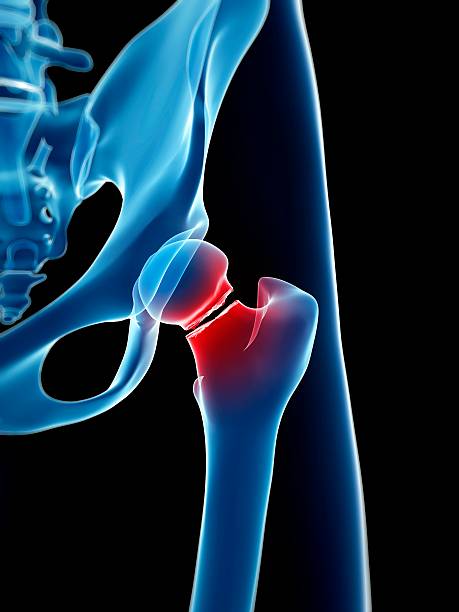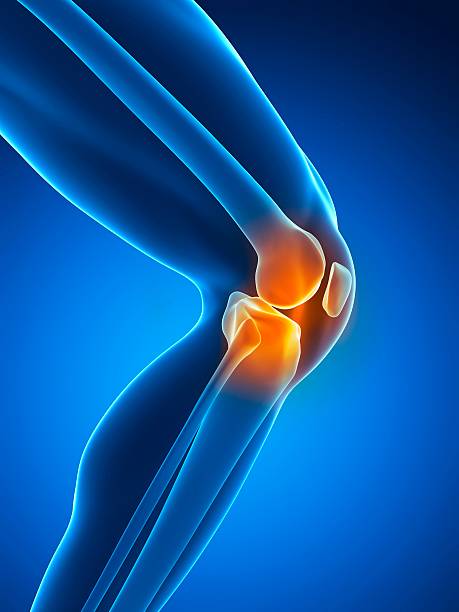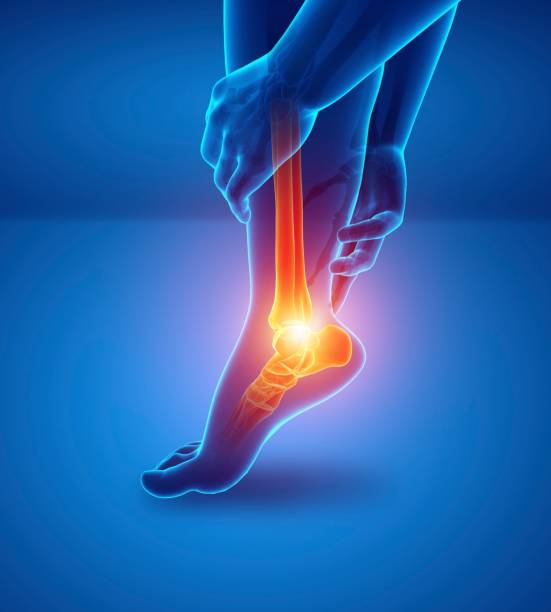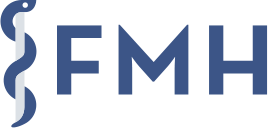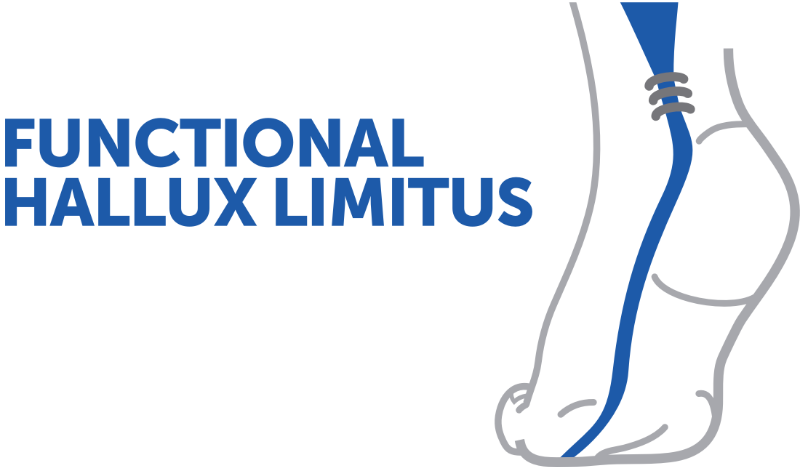New technologies in orthopedics: opportunities and vigilance
Dr. Jacques Vallotton explores the impact of new technologies on the patient-physician relationship and orthopedic surgery. He discusses robotics, 3D planning, custom-made prosthetics, and patient information platforms. The goal is to improve accuracy, communication, and postoperative outcomes.
Doctors
Topics
Treatments
Advice
- Dr Jacques Vallotton
- Digital revolution and patient communication
- Informed consent
- Impact of social networks
- Digital tools and custom prosthetics
- 3D planning and robotics
- Custom-made prosthesis
- Standard prosthesis
- Surgical navigation
- Robotics
- Prepare the patient in advance
- Assess expectations
- Improve communication
- Use digital tools
- Inform about complications
Information
Video type:
Anatomy:
Surgery:
Thematic:
New technologies: increasing precision without losing the connection
Robotics, navigation, and 3D planning are transforming orthopedic surgery, improving cutting precision, implant alignment, and individualizing care.
However, the essential thing remains the therapeutic relationship: listening, explaining, and deciding with the patient. Technology supports care, it does not replace it.
Information, expectations and shared consent
Structured information prepares the patient for each step. Assessing expectations helps avoid disappointment, particularly for knee replacements, which are perceived differently from hip replacements.
Consent is part of an exchange: options, benefits, risks and alternatives are explained in a transparent manner to construct a shared decision.
We must project the patient before even physically accompanying him.
Custom-made prostheses and endomedullary variations
Custom-made prostheses have revealed the importance of endomedullary variations, sometimes invisible on X-rays. This knowledge has made it possible to optimize the adaptation of standard modular implants through planning.
This makes it possible to anticipate the hold in the bone, adjust the offset and length, and choose a reliable strategy at a controlled cost.
Navigation, robotics and kinematic alignment
Navigation locates the joint in real time and guides cuts. Robots add mechanical assistance that increases reproducibility.
Kinematic alignment aims to respect individual anatomy and ligament isometry, in order to restore kinematics close to physiological.
If the robot breaks down, you need to know how to finish the operation in the best possible conditions.
Real benefits and limitations to keep in mind
These tools provide precision and traceability, but are not a substitute for guidance or expertise. They remain unevenly distributed and require a learning curve.
Safety is based on the ability to convert planning into reliable action, even in the event of unforeseen circumstances.
What the patient can expect
More personalized surgery, well-equipped monitoring, and continuity of information. The goal is to align technical resources with a clear therapeutic plan.
Success combines preparation, intraoperative precision and active rehabilitation, to achieve a lasting functional result.
Pathologies treated at the center
Hallux Limitus
Functional
Your pain has a cause.The balance sheet allows us to understand it.
- Gait analysis
- Posture Assessment
- Guidance on the right treatment
- Study of plantar supports and supports
- Detection of compensations
- Pain–movement correlation
The functional assessment allows us to understand how a joint or postural imbalance can trigger or perpetuate pain. Very often, imaging is normal, but movement is disturbed. By analyzing gait, weight-bearing patterns, or posture, we identify the weak links in the chain and guide targeted treatment adapted to the patient's actual mechanics.


